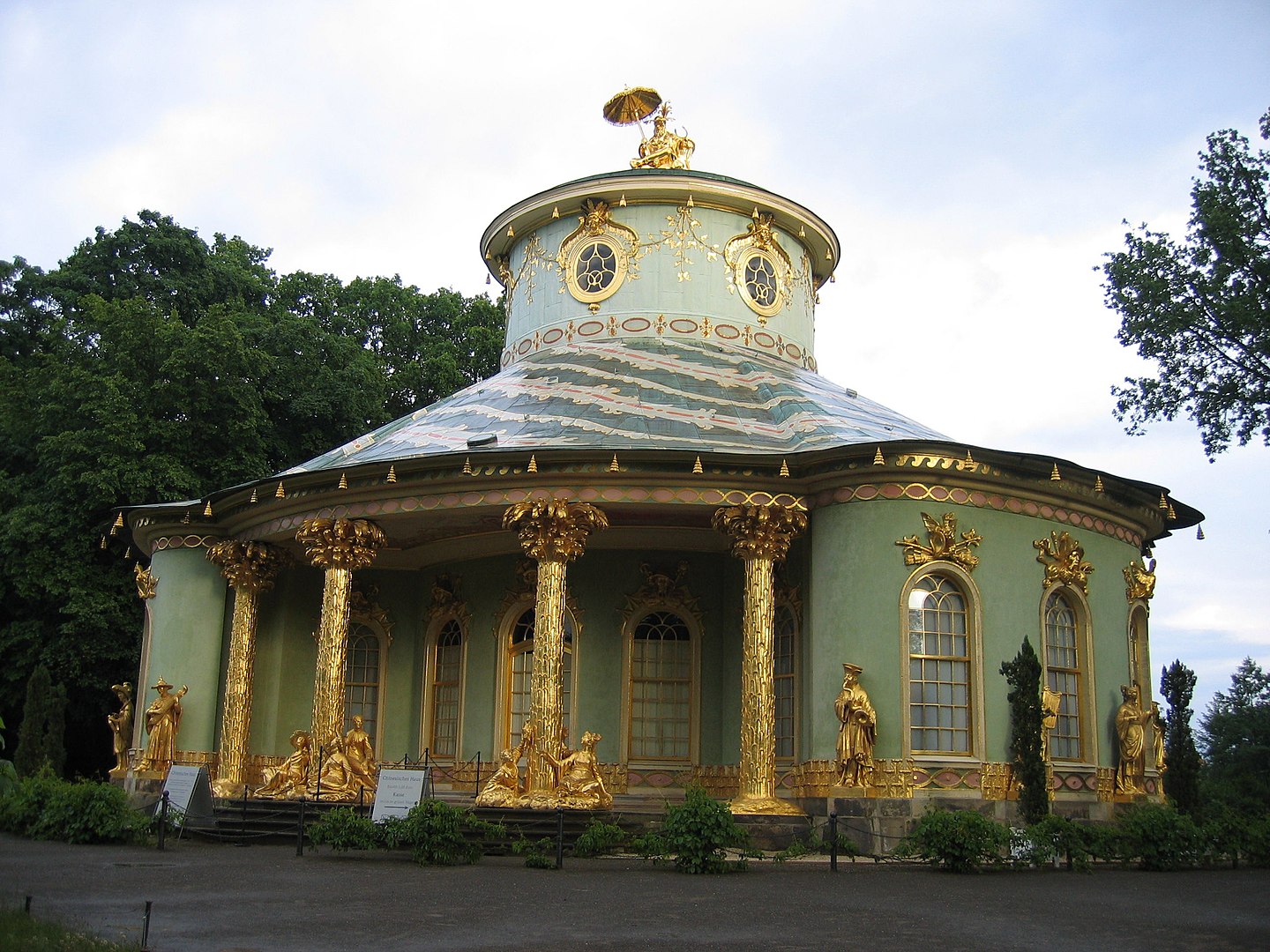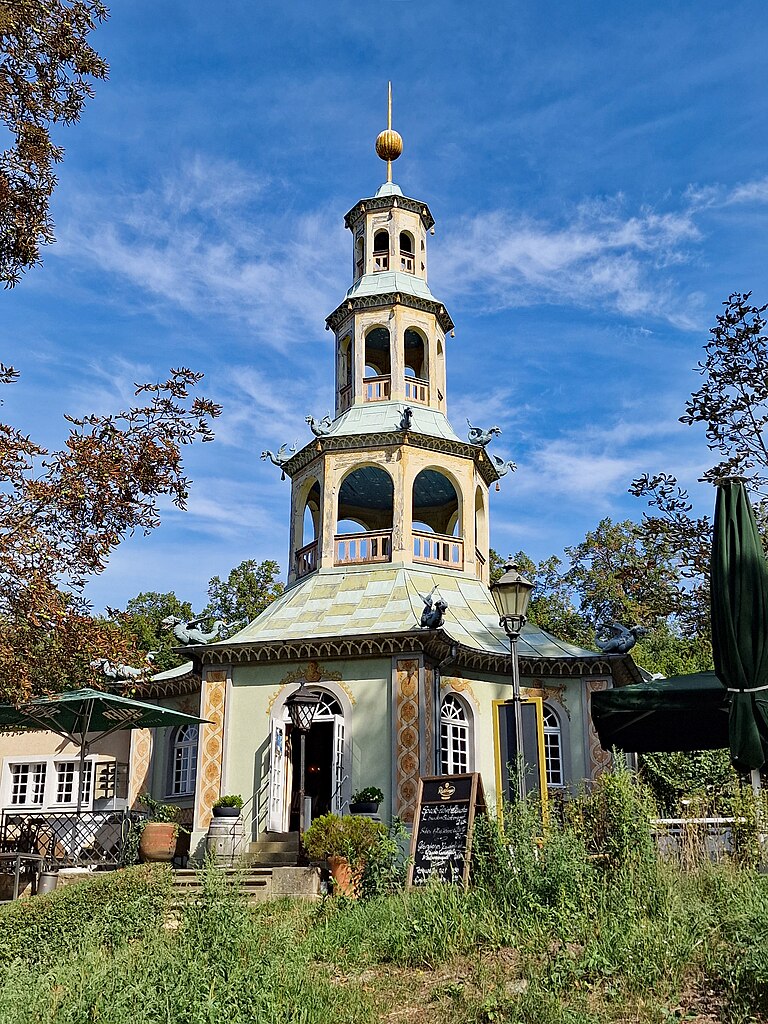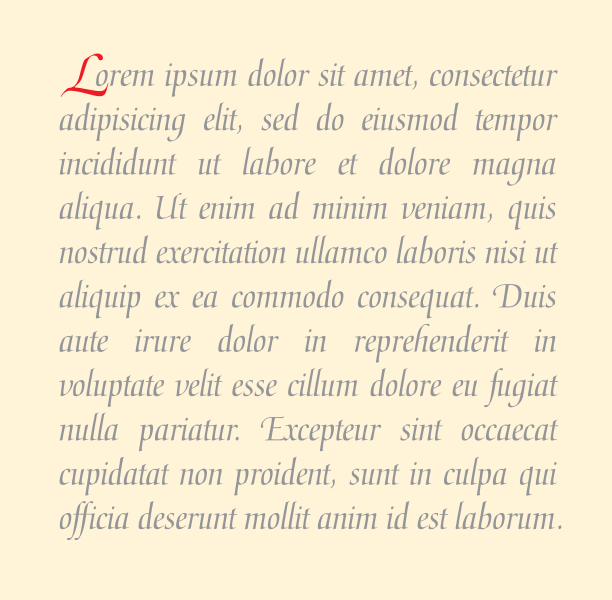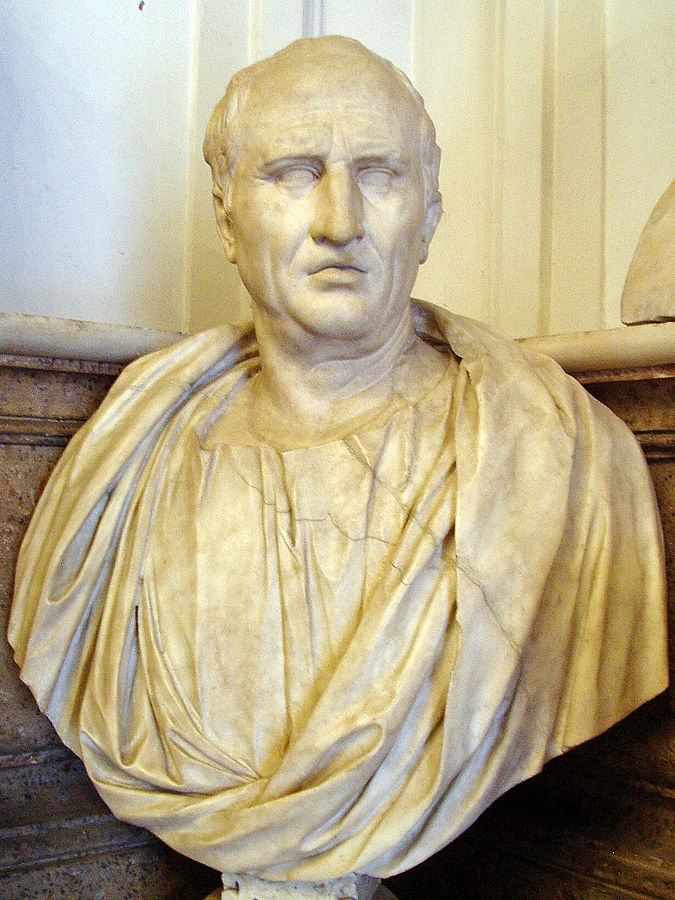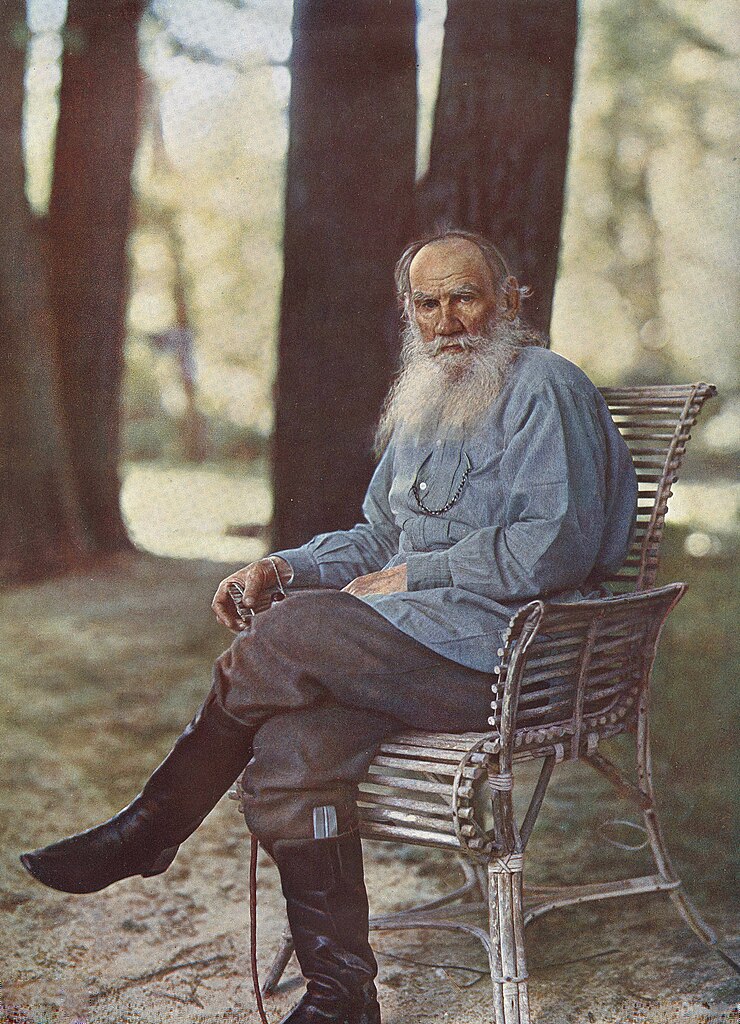This month, more than a few TikTok-using women have asked the men in their lives how often they think about the Roman Empire. And to the astonishment of these women, more than a few of these men have responded that they think about it on a daily basis, or even more often than that. By now, this particular manifestation of mutual incomprehension between the sexes has swept several social-media platforms, and according to reportage in the New York Times and Washington Post, it actually began on Instagram. “Ladies, many of you do not realize how often men think about the Roman Empire,” posted a Swedish ancient-Rome reenactor who calls himself Gaius Flavius. “Ask your husband/boyfriend/father/brother — you will be surprised by their answers!”
Even if you’re not a husband, boyfriend, father, or brother, you may count yourself among these Rome-enraptured men. You may think about Rome practically all day, every day, and not be a man at all. Or perhaps you’re one of the women who, hitherto unaware of the apparently widespread Roman intellectual proclivities among the opposite sex, have begun to feel a twinge of curiosity about the subject.
If so, you could do worse than start your historical journey to antiquity’s mightiest empire — the ancestor of today’s Western civilization — with this twenty-minute primer narrated by Succession’s Brian Cox. Consider also accompanying it with this animated map visualizing both the Roman Empire’s rise to cover half the known world and its subsequent fall — or this version with a scrolling timeline of the face of every emperor.
The word “Rome” commonly stands for the Roman Empire, but, of course, it can also refer to the great capital itself. Here on Open Culture, we’ve previously featured virtual tours and flyovers, as well as a physical scale model, of the ancient city of Rome at its peak. You can also watch a re-creation of the destruction of Pompeii, whose ash-preserved ruins have taught us a great deal about life in the Roman Empire. That empire could hardly have extended as far as it did without the technological marvel of Roman roads, which you can learn about through videos on their construction, subway-style maps, and even a trip-planning web application. Even the concrete used to build those roads — not to mention the Roman Empire’s formidable aqueducts — has been an object of fascination, not least because the secret of their durability has only recently come to light.
If Rome was about nothing but conquering emperors and sprawling infrastructure, it would be easy to explain its being a predominantly male interest. But we’ve also featured numerous other aspects of its culture, from the sound of Roman music and the Latin language to the colors of its statues. Like all human beings, ancient Romans ate food — whether by following recipes at home or going out to “snack bars” — and wore shoes (and sandals, alas, with socks). Our own fascination with its civilization has its own historical roots, as underscored by these nineteenth-century photographs of Roman ruins. Nor does that fascination know cultural boundaries. I live in Korea, and recently a man told me about his younger days as a soldier in KATUSA, the Korean Augmentation to the United States Army. Why did he enlist in that particular program? “I wanted to know what it would be like to serve the modern Roman Empire.”
Related Content:
The Splendid Book Design of the 1946 Edition of Gibbon’s Decline and Fall of the Roman Empire
What Life Was Like for Teenagers in Ancient Rome: Get a Glimpse from a TED-ED Animation
Based in Seoul, Colin Marshall writes and broadcasts on cities, language, and culture. His projects include the Substack newsletter Books on Cities, the book The Stateless City: a Walk through 21st-Century Los Angeles and the video series The City in Cinema. Follow him on Twitter at @colinmarshall or on Facebook.

